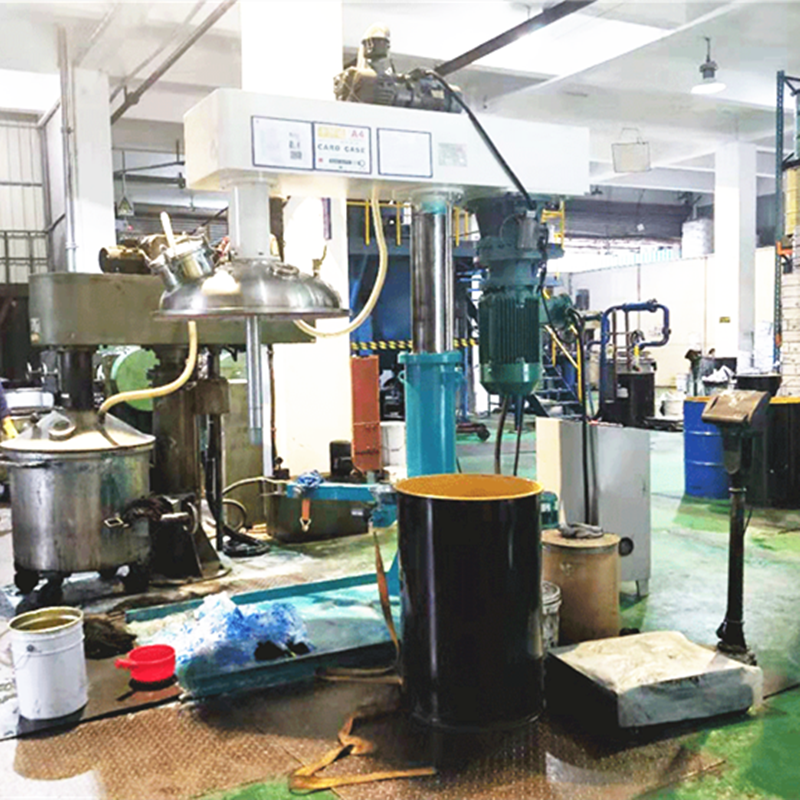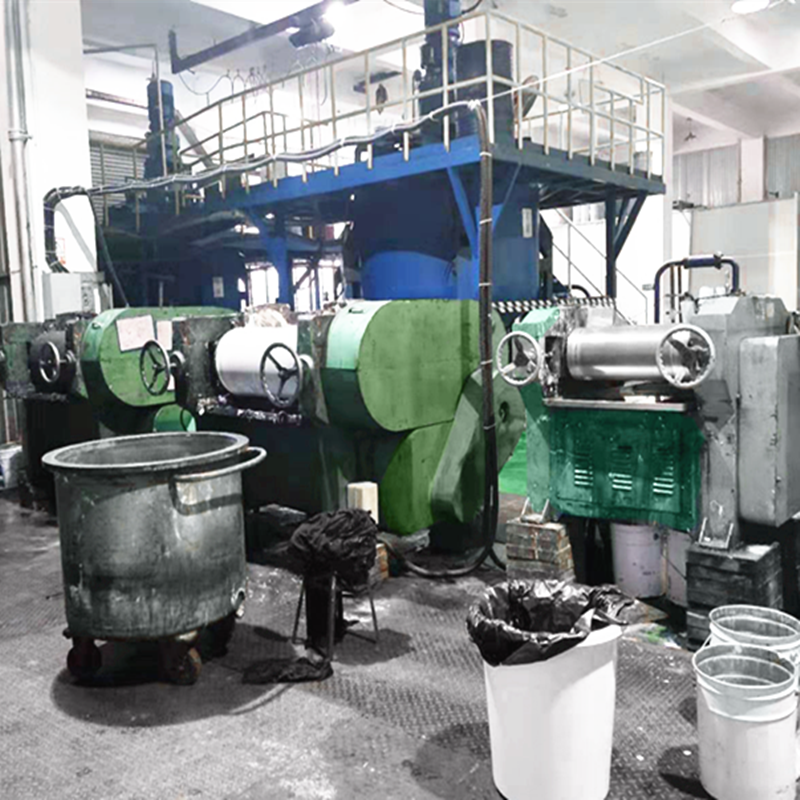Email cannot be empty
Password cannot be empty
Email format error
Email cannot be empty
Email already exists
6-20 characters(letters plus numbers only)
The password is inconsistent
Email format error
Email cannot be empty
Email does not exist
6-20 characters(letters plus numbers only)
The password is inconsistent


Everything You Need to Know About the Offset Ink Production Line
Offset printing has been used in commercial printing for a long time. One important part of this process is the ink—offset ink. The production of high-quality offset ink relies on a special offset ink production line. In this blog, we will explain how this production line works, the parts involved, and why it is important for getting good printing results. Whether you work in printing or just want to learn more about it, knowing how the offset ink production line works is useful.
What is an Offset Ink Production Line?
An offset ink production line is a system used to make ink for offset printing. In offset printing, ink is transferred from a plate to a rubber blanket, then to the paper. The ink used in this process needs to be of high quality. That’s why a special production line is needed to make it.
The production line includes different stages, from choosing the raw materials to mixing the ink and packing it. In this part, we will talk about the main steps in making offset ink.
Key Parts of an Offset Ink Production Line
1. Raw Material Preparation
The main materials for making ink are pigments, resins, solvents, and other chemicals. These materials are carefully chosen and measured to make sure the ink is made correctly.
2. Pigment Dispersion
Pigments give ink its color. In this step, the pigments are mixed with a binder (a liquid that holds the pigment together) and stirred until the pigments are evenly spread.
3. Grinding and Milling
After the pigment is mixed, it is ground down into smaller particles. This makes sure the ink flows well and looks smooth when printed.
4. Mixing and Blending
Once the pigment is ready, the other ingredients like binders and chemicals are added. This step mixes everything together to make sure the ink is smooth and uniform.
5. Quality Control and Testing
Before the ink is ready, it must pass several tests. These tests check the color, thickness, drying time, and how well the ink sticks to the paper. The production line has special equipment to make sure the ink is good quality.
6. Packaging and Storage
Finally, the ink is packed into containers like drums or tins. The ink is then stored in a safe place until it is shipped to printing companies.
How the Offset Ink Production Line Works in Practice?
In an automated offset ink production line, machines do most of the work. These machines mix, grind, and test the ink. Modern production lines are designed to be quick and reduce waste. Let’s take a closer look at how it all works:
-
Automation and Efficiency
Automation makes the process faster and more accurate. Machines help reduce mistakes and make sure the ink is made exactly the same every time. -
Batch Control and Recipe Management
Each batch of ink is made using a specific recipe. The production line often uses computers to manage these recipes and make sure the right amount of each material is used. This ensures that the ink is always consistent. -
Energy-Efficient Practices
New production lines try to use less energy. This includes improving how the machines work, reducing waste, and using less electricity.
Why is the Offset Ink Production Line So Important?
1. Good Printing Results
The quality of the ink affects the final print. A good production line makes sure the ink has the right color and looks sharp on paper.
2. Consistency
In commercial printing, it’s important that each print looks the same. A good production line makes sure every batch of ink is the same, so prints are consistent.
3. Cost Efficiency
A reliable production line helps reduce waste and save money. Machines also help reduce labor costs because they can work faster and more accurately.
4. Adapting to Market Demands
They can change to meet different needs. They can make different colors of ink, or adjust the type of ink used (such as water-based or UV ink). This helps companies meet the needs of different printing jobs.
The Environmental Impact of the Offset Ink Production Line
It has an impact on the environment. But many companies are trying to make the process more sustainable. Here are some ways they are doing this:
- Eco-friendly Materials: Many new production lines use more sustainable materials, like biodegradable resins and non-toxic pigments.
- Waste Reduction: New technologies help recycle waste materials and reduce harmful emissions.
- Water and Energy Conservation: Companies are working to reduce water and energy use, making the production process more eco-friendly.
Challenges in the Offset Ink Production Line
1. Raw Material Variability
The quality of raw materials can change. This can affect the final product, so manufacturers need to carefully check materials before using them.
2. Maintaining Ink Stability
The ink needs to stay stable while it is stored and shipped. If the ink is not stable, it might change color or become less effective.
3. Meeting Regulations and Standards
There are rules that ink manufacturers need to follow. Keeping up with these rules can be difficult, but it’s necessary to make sure the ink is safe and high quality.

Future Trends in the Offset Ink Production Line
It is always improving. Here are some changes we may see in the future:
1. Digital Integration
More and more, digital technology is being used to improve the production line. Computers and sensors may be used to predict problems, optimize recipes, and improve quality control.
2. Sustainable Innovation
As people become more aware of environmental issues, companies are working to create more eco-friendly ink. This includes making inks with fewer chemicals and using less energy.
3. Smart Manufacturing
In the future, production lines may be more “smart.” This means that real-time data will help control and improve the production process, making it even faster and more efficient.

